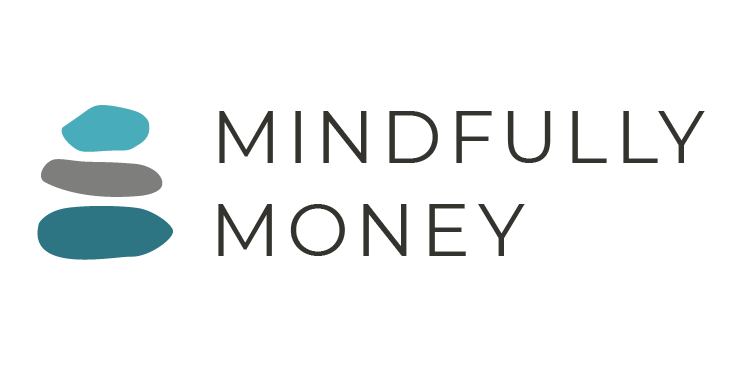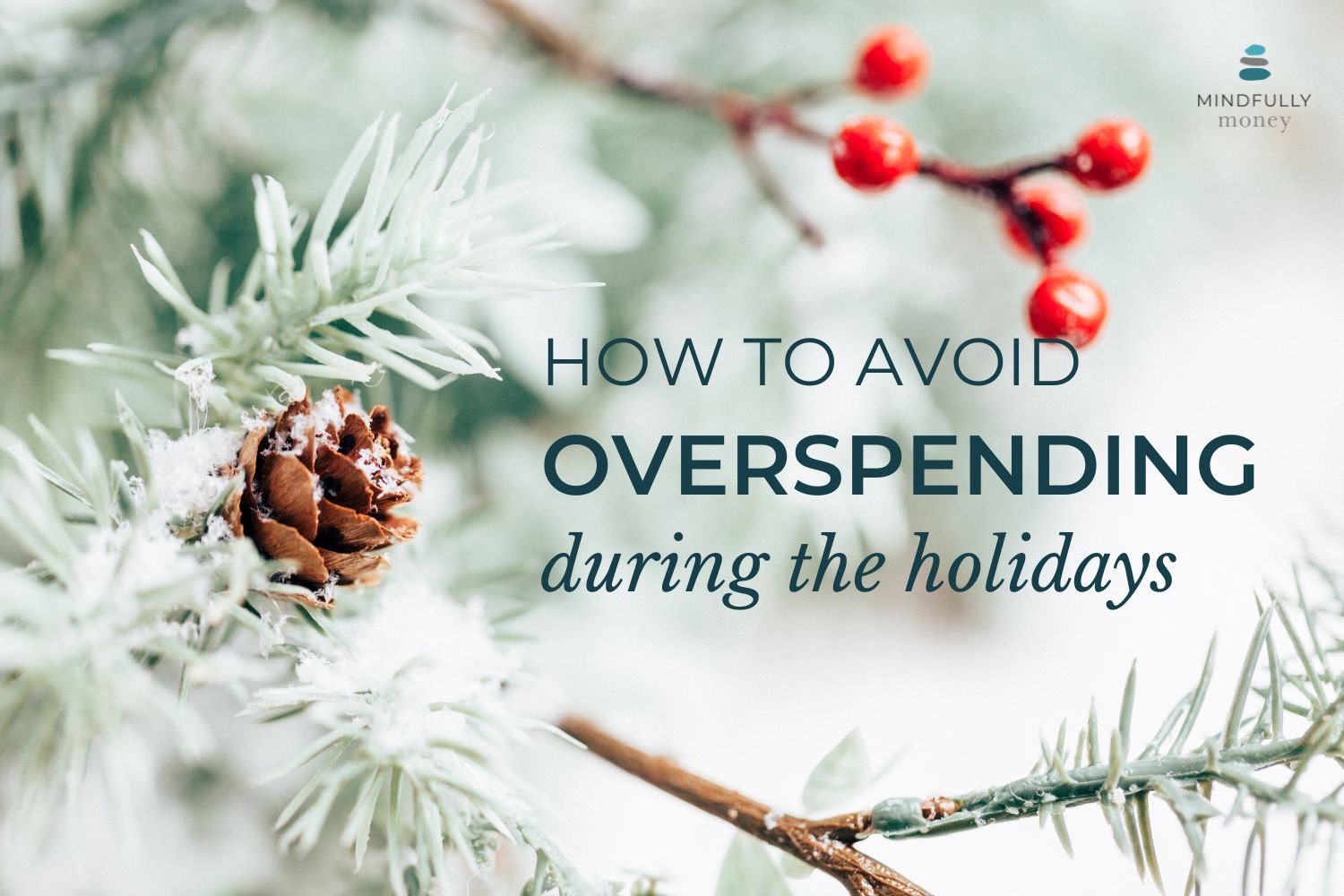Feel Like Budgeting Always Fails? These 10 Tips Will Change Everything
Image: @melissaaskew on Unsplash
For most people, the idea of budgeting is about as appealing as getting a colonoscopy. It feels restrictive, overwhelming, and tedious. Maybe you’ve tried budgeting before, but no matter what method you used, it didn’t stick. You felt frustrated, defeated, and ready to give up.
Most methods are all about numbers and assume that everything goes according to plan 100% of the time. They’re rigid and ignore the fact that life is messy, and we often make decisions based on emotions, not spreadsheets.
But it doesn’t have to be that way.
This isn’t about spreadsheets or giving up everything you love. It’s about finding a system that works for you—one that aligns with your goals, habits, and priorities.
In this article, I’ll share 10 budgeting tips that will help you think about budgeting in a new way—one that will help you reduce stress and confidently manage your money. These tips will help you create a plan that works not just on paper but in your real, busy, and perfectly imperfect life.
Here are 10 practical tips to make budgeting work for you:
1. Start with the belief that you CAN budget.
Maybe you’ve never created a budget before because you didn’t know where to even start (or maybe it just didn’t seem like a fun way to spend your time). Or perhaps you’ve tried budgeting and it just didn’t stick.
Whatever the reason, start by telling yourself that you can do it.
Budgeting isn't a natural talent that some of us are born to do and some of us aren’t. Managing money is a skill that anyone can learn through practice and trial and error. If you’ve tried budgeting before and failed, it wasn’t because you’re just not good at it—you just haven’t found the right way to do it FOR YOU.
So stop being scared or thinking that you’re a failure, and start thinking of this as a practice—something that you’ll get better at over time as you learn what to do and try different things.
2. Find a budgeting system that works for you.
There is no one right way to budget—there’s only the right way for you. Many people make the mistake of trying the wrong thing and then giving up. It’s important to explore different methods and find one that is sustainable and meets your needs.
Don’t try to force yourself to do something just because you think you should, but remember that it may take practice to get it right and stick to it.
My advice is to start simple and build from there. If you need help figuring out what to do, book a free call to learn about financial coaching.
More Resources:
3. Define your financial goals and priorities.
A budget is a tool for helping you meet your goals. It helps you use your money to create the life you want to live, so it’s important to be clear on what’s important to you.
If you’re in debt or living paycheck to paycheck, your goals at first might be just getting out of debt and starting to get ahead. Once you’ve done that, you can start thinking about building your dream life. Maybe that means quitting your job and working for yourself. Maybe it means building your dream home or moving across the country.
You get to live the life you want, and a budget can help you plan out your finances to create that life.
Need help figuring out your priorities? Start with this free values worksheet!
4. Budget according to your actual life and habits, not the life and habits you think you’re supposed to have.
One reason that budgets fail is that people tend to be aspirational—they build a budget around what they want or they think they’re supposed to have. Then it doesn’t work and they end up feeling like a failure.
For example, let’s say that you love buying new clothes, but money is tight, you have debt to pay off, and you feel like you need to cut back on spending. So you create a budget and allocate $0 to clothing because you think you should stop buying new clothes in order to solve all of your financial problems. But then you have a bad day or have an exciting event coming up and next thing you know, you’re hitting “order” on your Banana Republic shopping cart. Then you feel like a failure and give up on your budget because clearly you’re bad at it.
Sound familiar?
The reason you failed is that you didn’t take your real life into account. You can’t just make a budget based on ideal expectations and expect that your habits and behaviors are going to magically change.
When you’re first creating a budget, it can be helpful to create your budget based on your existing spending patterns so that you can get a sense of where your money goes and how you feel about it. Once you’ve had success, you can start finding ways to move your spending patterns toward what you want them to be.
Image: @enginakyurt on Unsplash
5. Keep what sparks joy and eliminate the rest.
Similar to above, you can’t just cut out everything you love. Whether it is clothes, eating out, vacations, concerts, fancy cheese, or anything else, you need to put it in your budget. Eliminating joy in your life is not sustainable.
I like to tell people to Marie Kondo their finances. Marie Kondo is a famous organizing expert who advises you to get rid of anything that doesn’t spark joy. That’s exactly what you need to do with your budget: cut things that don’t bring you joy so you can spend more on what does.
6. Include things you love in your budget.
If you try to cut back on things that make you happy, you’re setting yourself up for failure. If you love eating out, include money for eating out in your budget. If you love shopping for clothes, give yourself a shopping allowance.
If you’re struggling to get out of debt or you live paycheck to paycheck, there may not be much (if any) money for this right now. If that’s the case, use this as a goal to motivate yourself. Just because you don’t have the money right now, doesn’t mean you won’t in the future.
7. Remember the opportunity costs.
Most of us will never be able to buy anything we want whenever we want. We have to make choices about where we spend our money. Every time you spend your money on something, you are giving up the opportunity to spend that money on something else.
This is why it is so important to know what’s important to you and be clear on your financial and life goals.
When you are considering a purchase, think about that item/experience in light of your goals.
For example:
Is the new iphone I’m considering more or less important than the vacation you want to take?
Do I want to go out for ice cream or buy the new shoes I’ve been wanting?
Is going out with my friends more or less important than getting out of debt faster?
There are no right answers. You have to decide what is right for you based on your situation and what you like. But you do have to understand that everything is a choice, and that each choice means you give up something else.
Image: @kylejglenn on Unsplash
8. Use sinking funds for predictable expenses.
Sinking funds are savings accounts or sub accounts that are used to save up for expenses that will happen in the future. These are things that you know are going to happen, but maybe they only happen once per year or you don’t know exactly when or how much they’ll be.
Sinking funds can help you save money for things like home and auto insurance, property taxes, holiday gifts, and higher winter energy costs. Instead of getting to Christmas and putting all your gifts and other holiday expenses on a credit card, you save up for them all year long.
Similarly, you can use sinking funds to save up for vacations or home repairs and improvements. When you own a home or a car, you never know what is going to break next, but you can be pretty sure that something will go wrong. So plan for that. Every month, put some money aside so you have it when you need it.
9. Prioritize saving (and debt payments).
Many people make the mistake of leaving their savings until the end. They go through the month spending money on things they need, and by the end of the month there’s not much left to save or put toward credit card debt.
Instead, try putting your savings and debt payments first. Then make sure your basic living expenses are covered. Whatever is left can be used however you want.
Putting savings and debt payments first is critical to ensuring there’s enough money for those purposes.
10. Automate your savings and bill payments.
If you’re anything like me, you’ll get to the first of the month (or whenever) and know that it’s time to put some money in savings. And then life happens and you put it off. Before you know it, it’s the next month and you repeat the process. (This can also happen with bills—especially those pesky store credit cards I always forget to pay.)
Lucky for us, our banks have this nice little feature that will do it all for us. You can link your credit card to your bank account and have it pay your credit card bill before it’s due. You can have your bank send a certain amount each month to your savings accounts. All it takes is a little time to set it up. Then it just happens and you can say goodbye to late fees and hello to a cushy savings account!
You’ve Got This!
Budgeting doesn’t have to be a source of stress or frustration. By rethinking what budgeting looks like and tailoring it to your unique needs and priorities, you can create a system that works for you.
The 10 tips we’ve covered are designed to help you break free from rigid, one-size-fits-all approaches and build a plan that feels flexible, manageable, and aligned with your life. Remember, budgeting isn’t about being perfect or depriving yourself—it’s about creating clarity and confidence with your money.
Start small. Pick one tip to try this week, and see how it feels. With each step, you’ll gain momentum, and over time, you’ll find budgeting becomes less of a chore and more of a tool for achieving the life you want.
You’ve got this! Your financial goals are within reach, and you’re more than capable of making them happen.
Pin this image to save for later:








